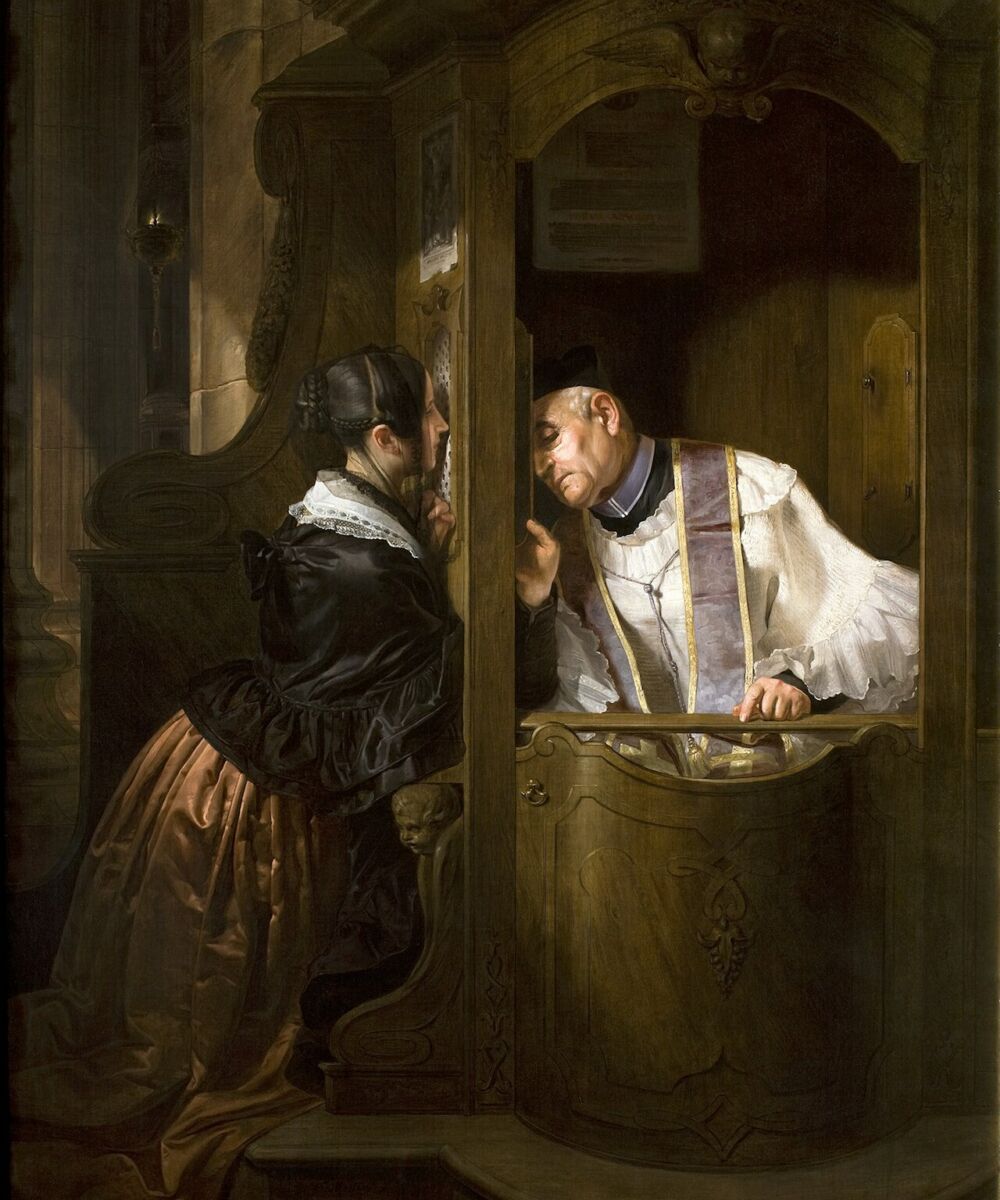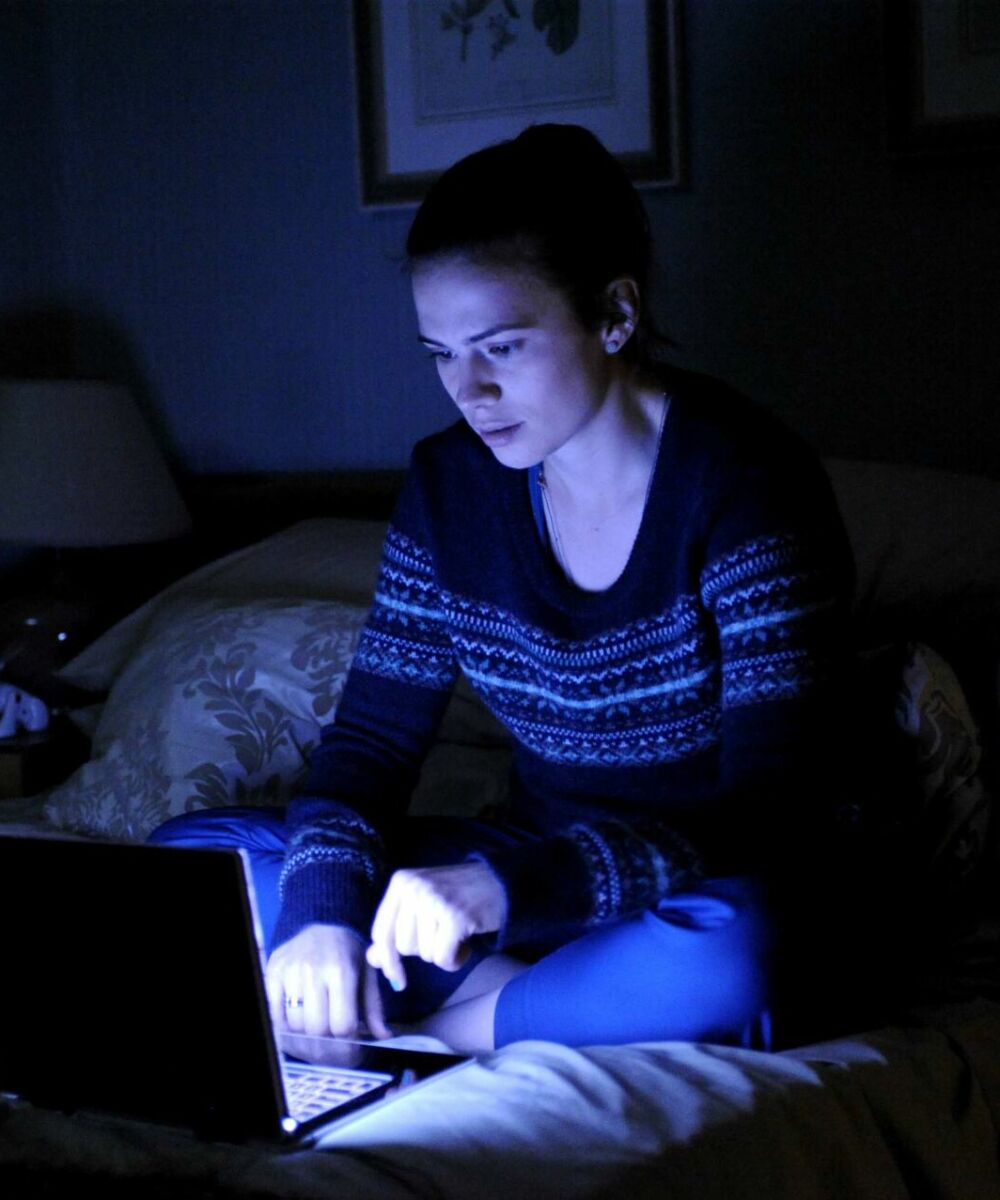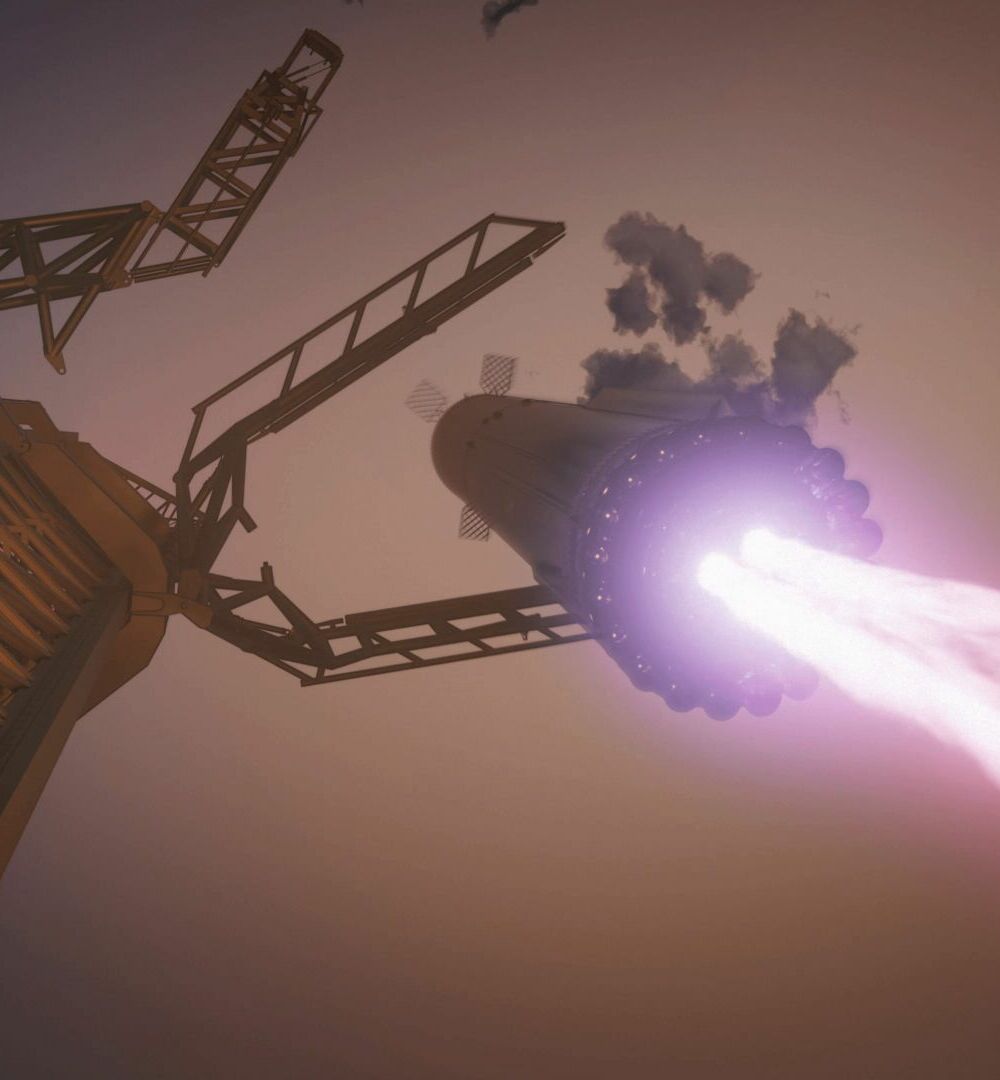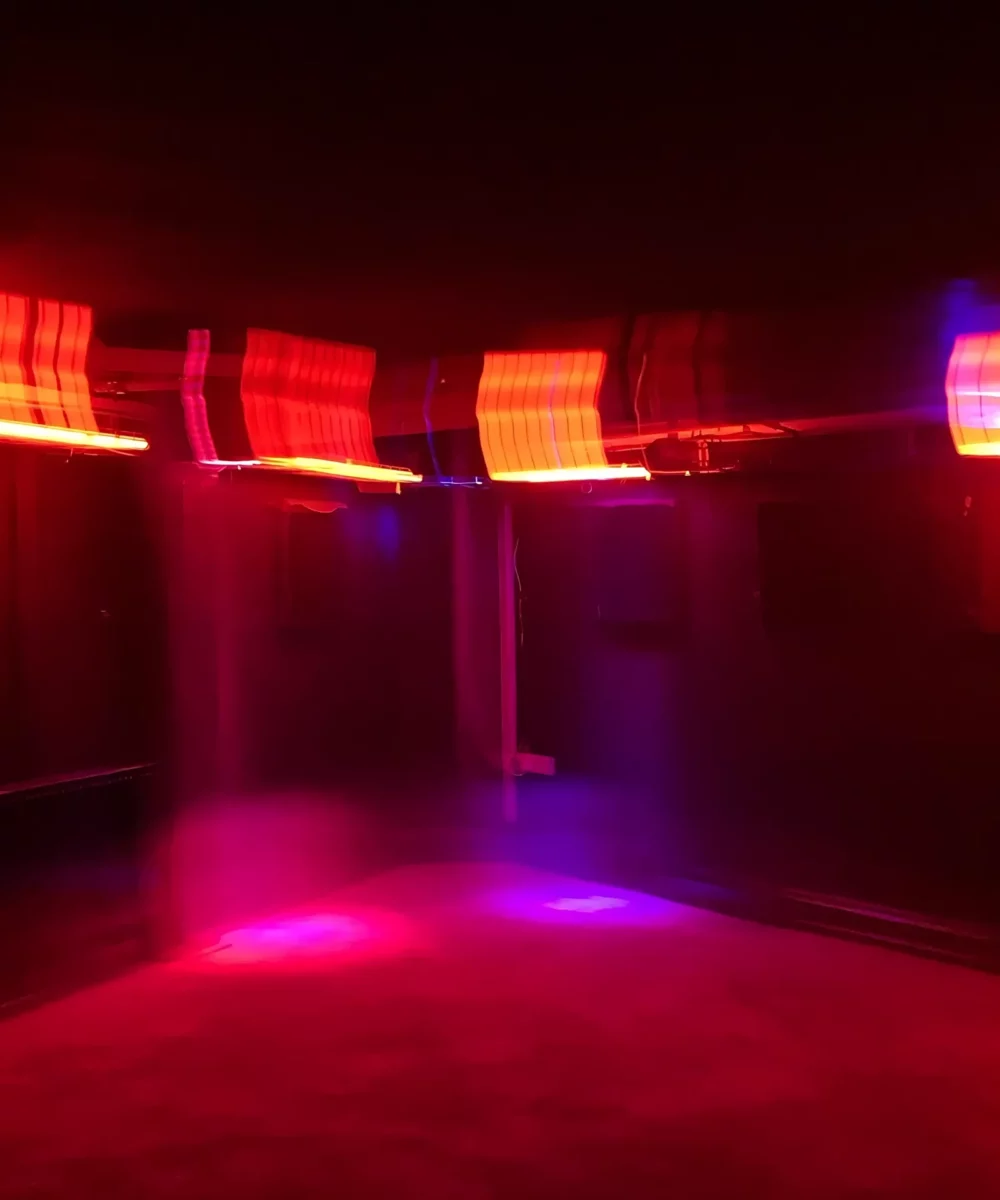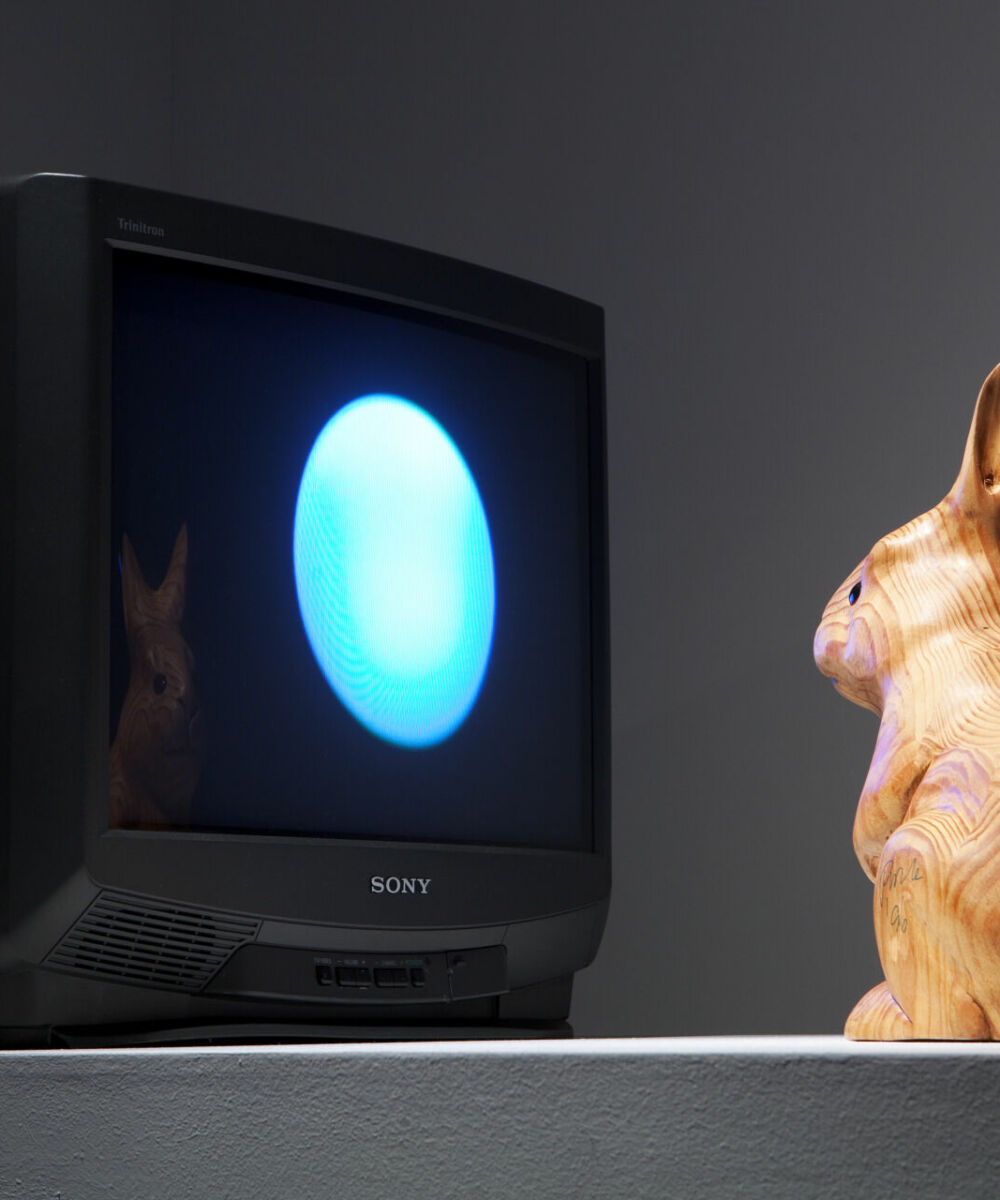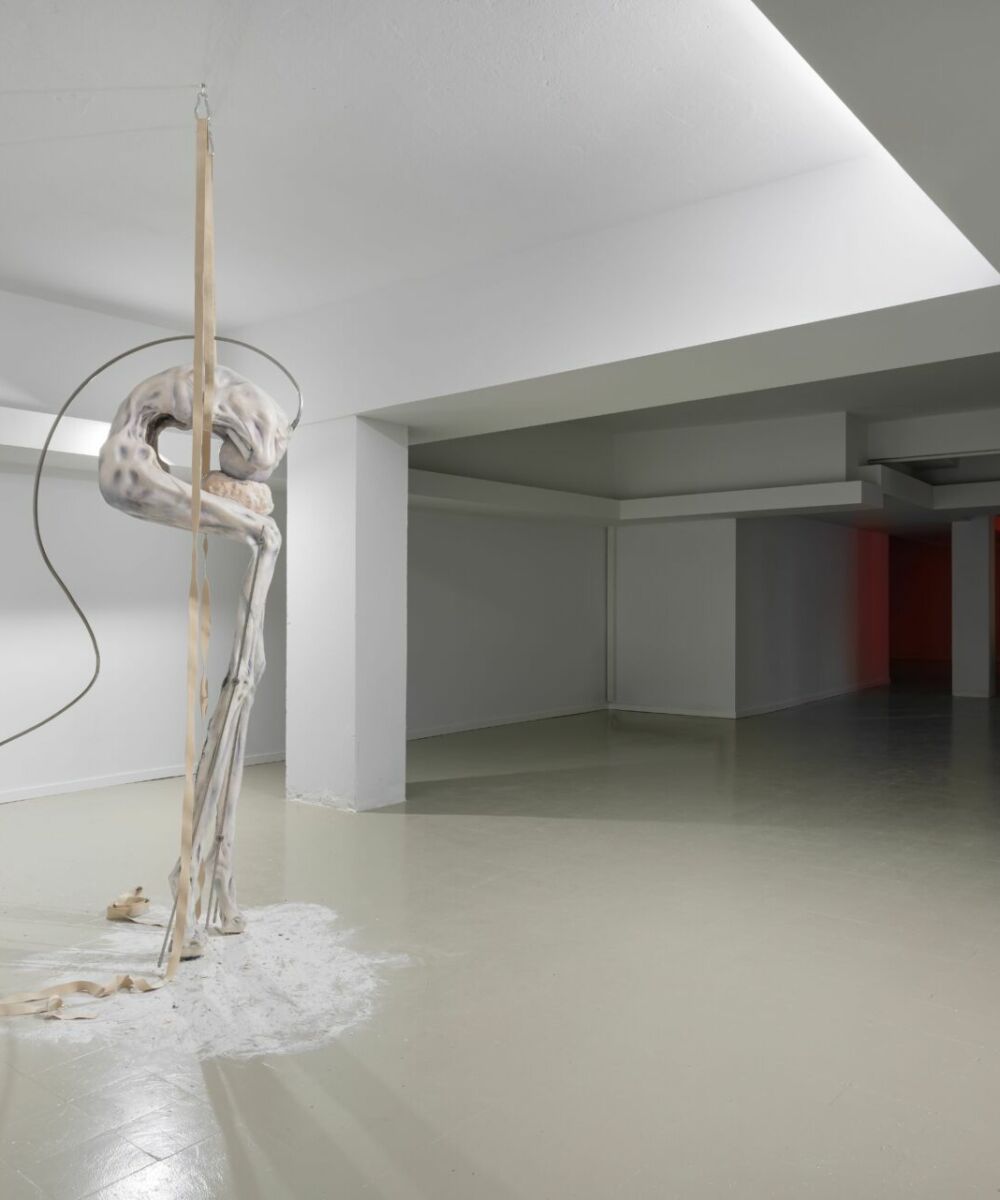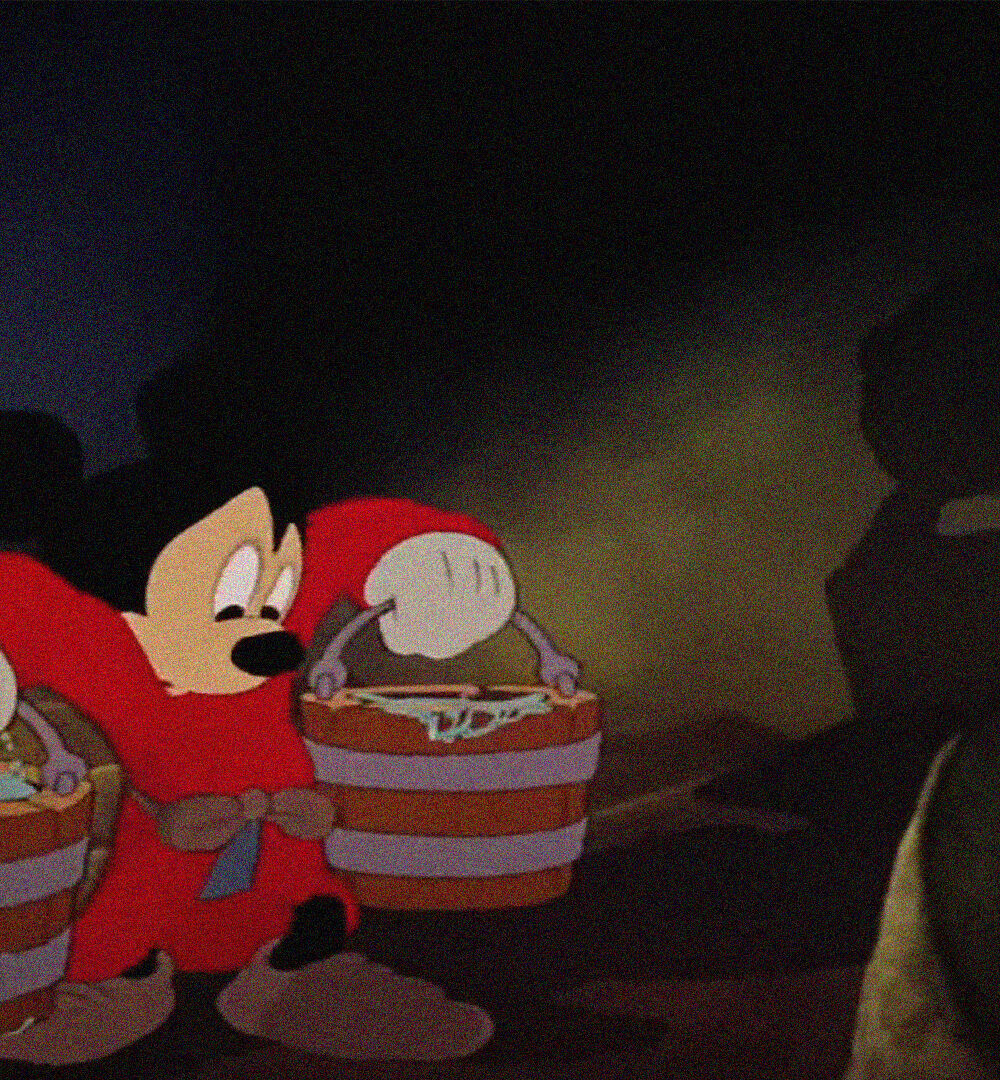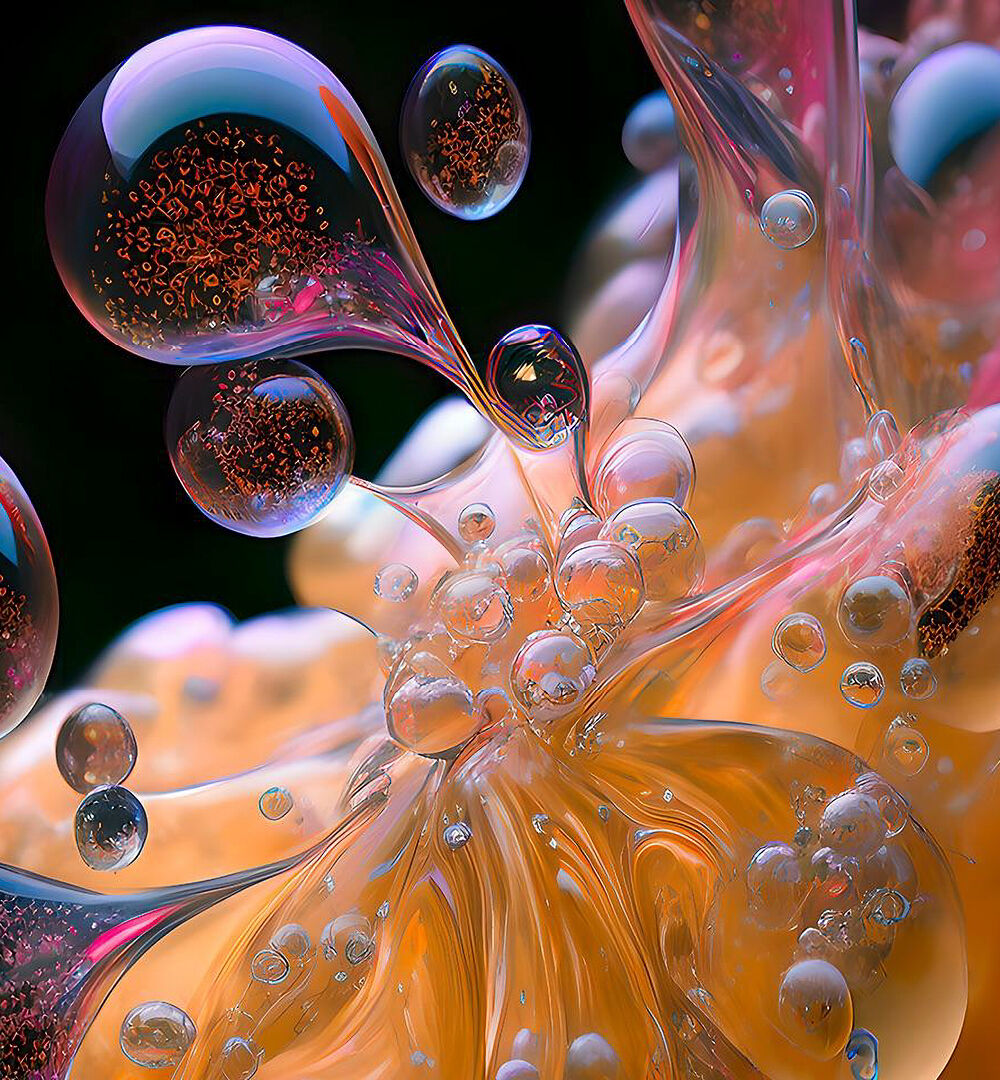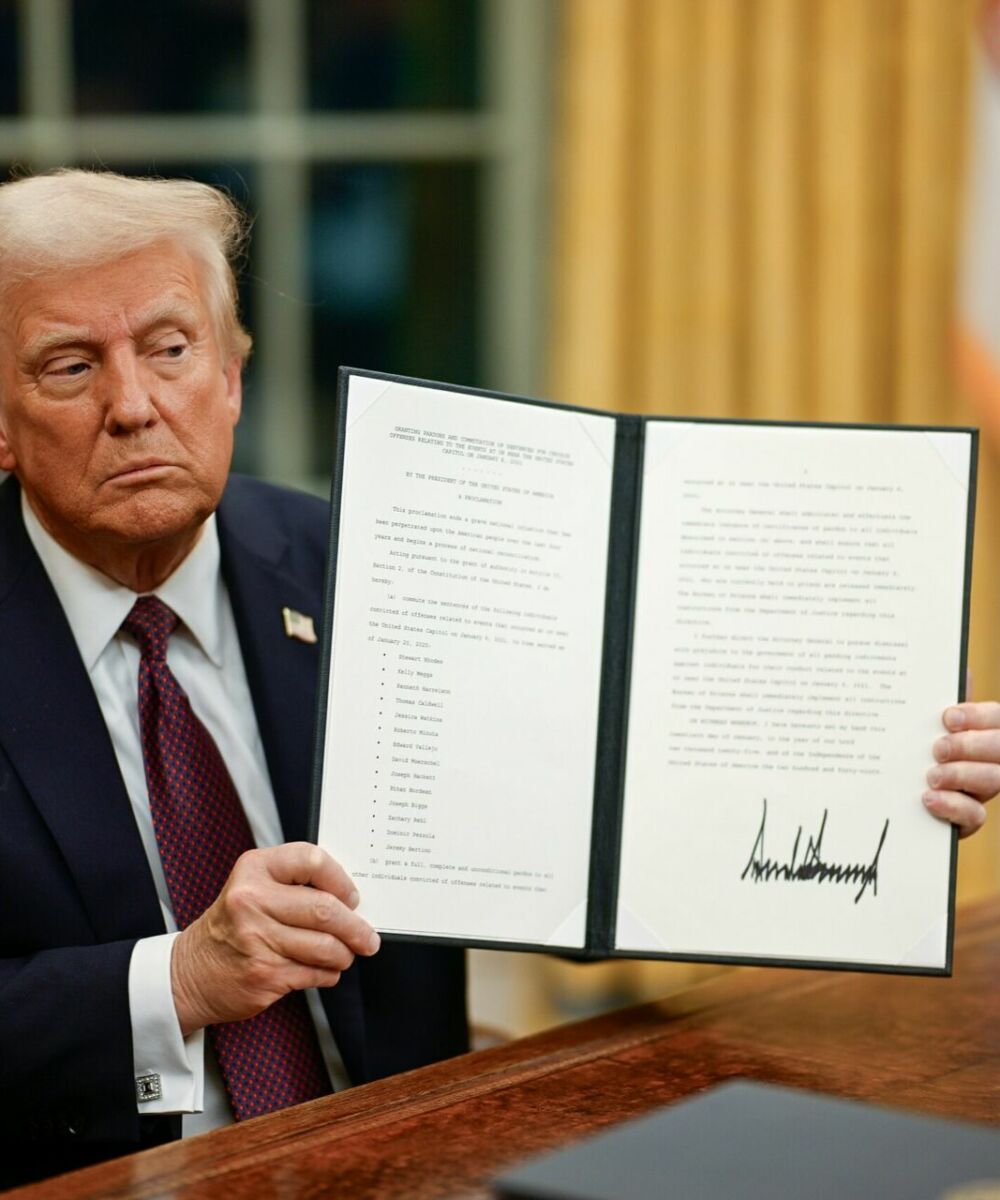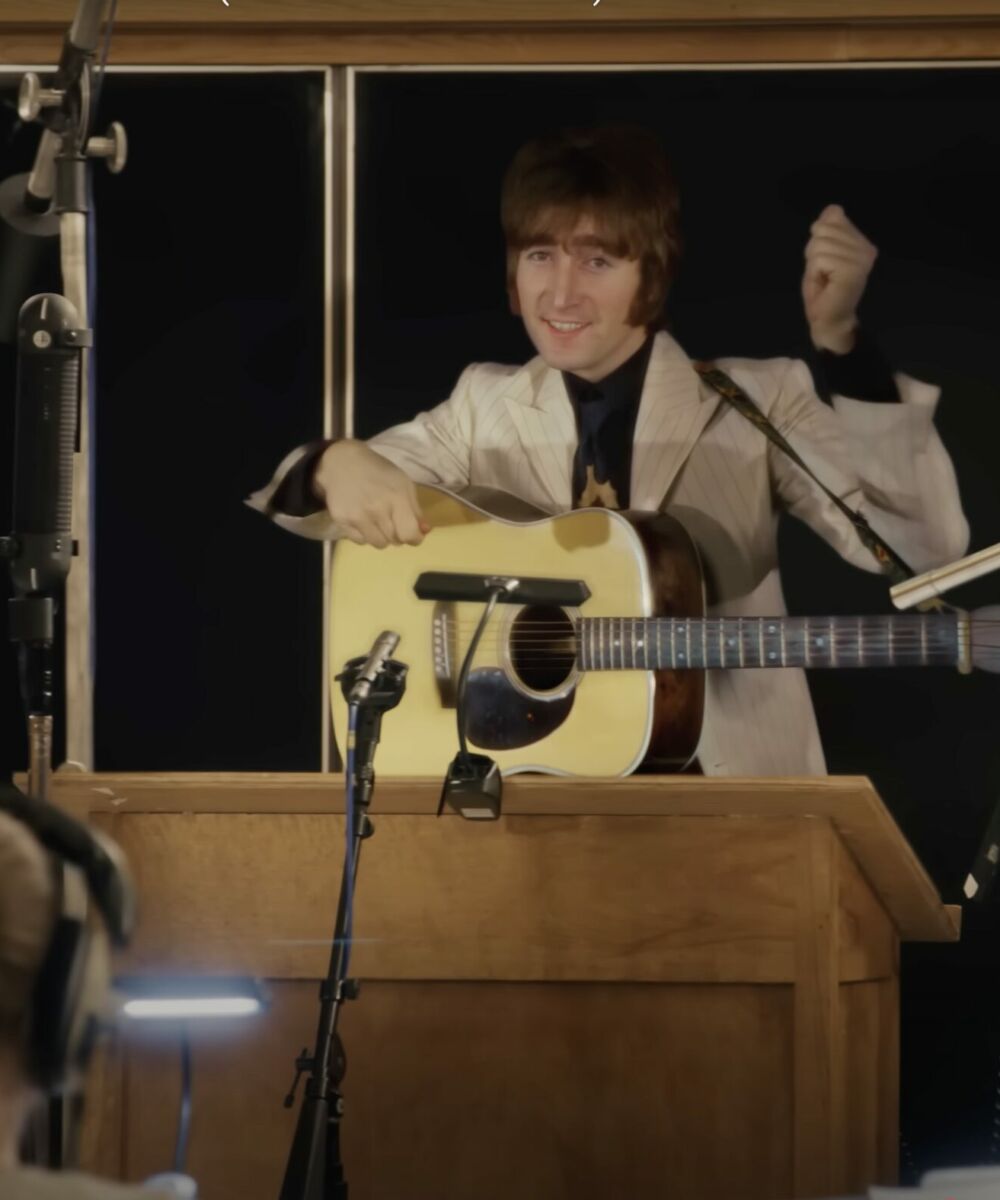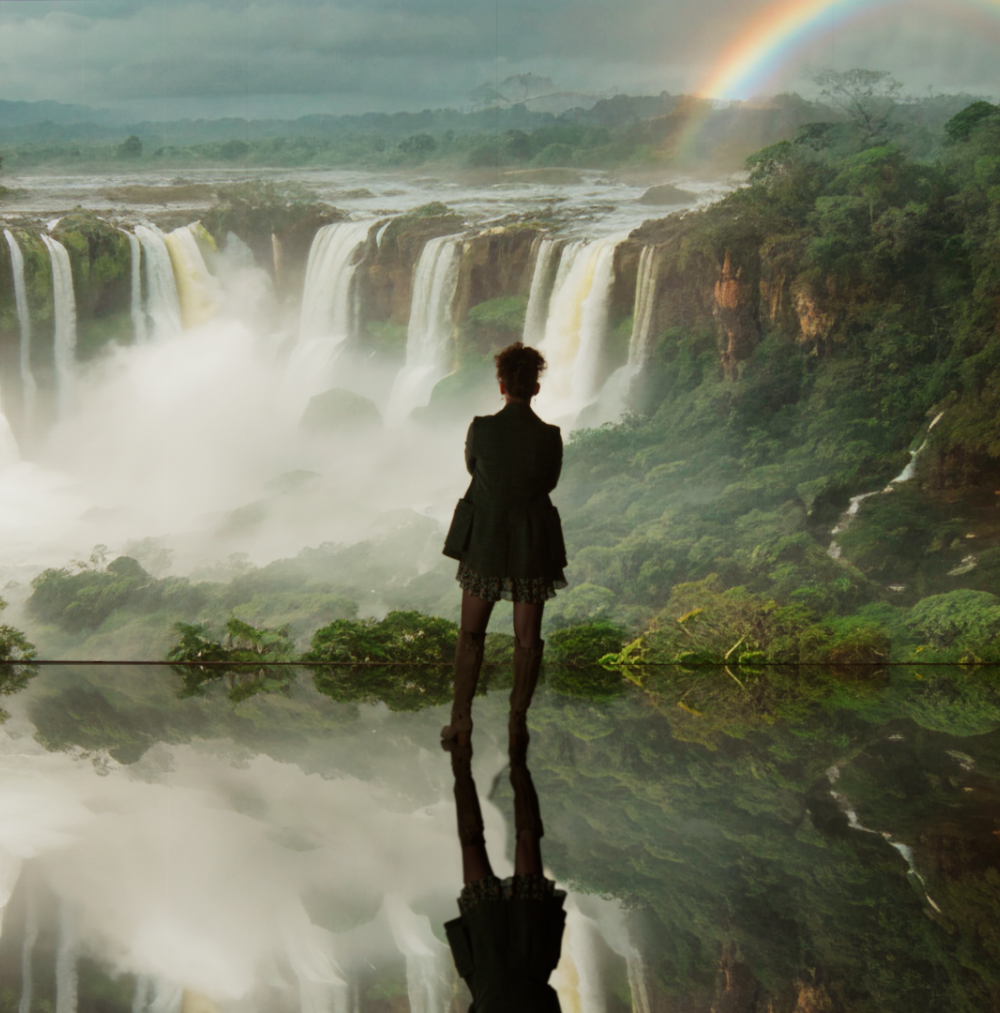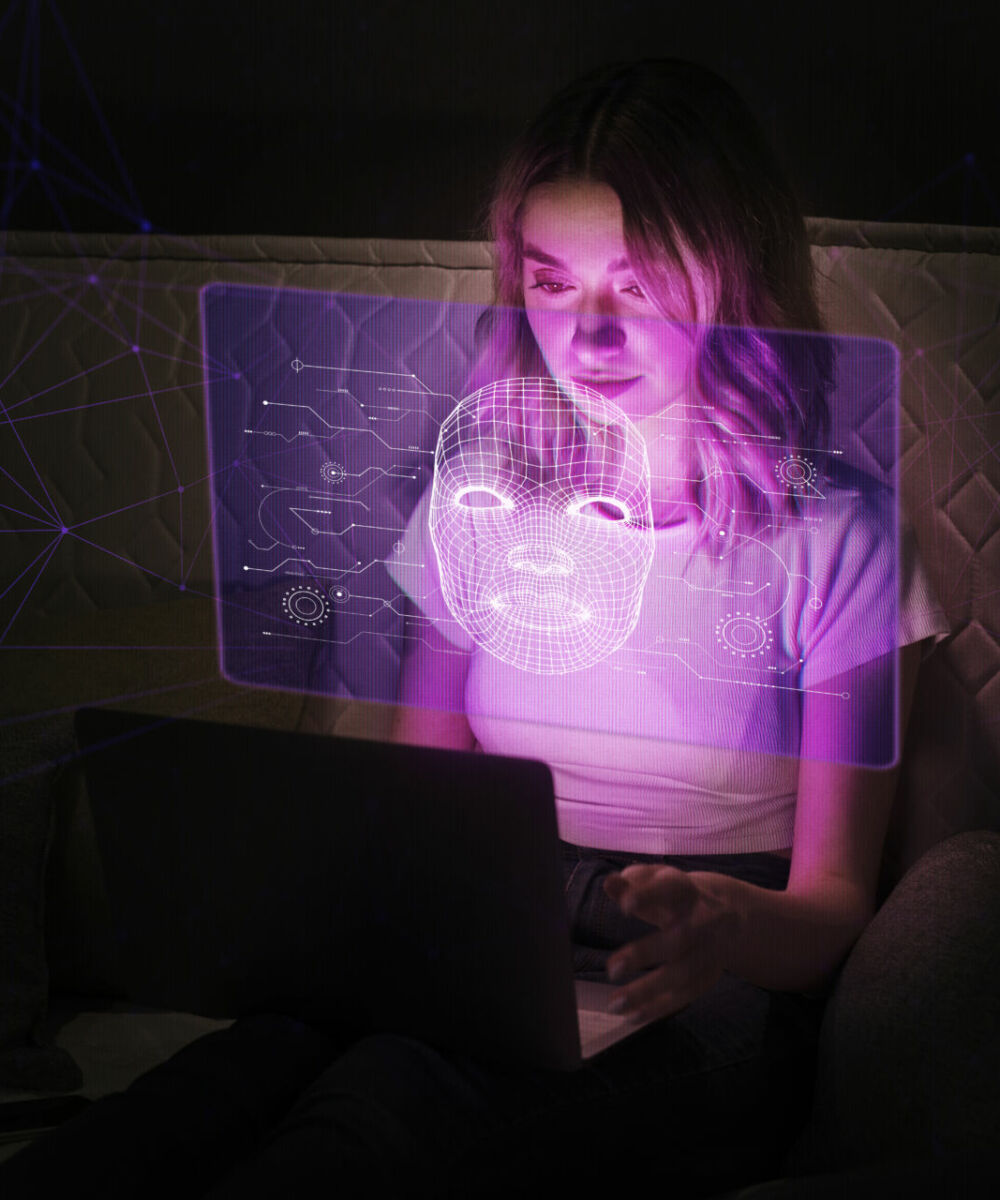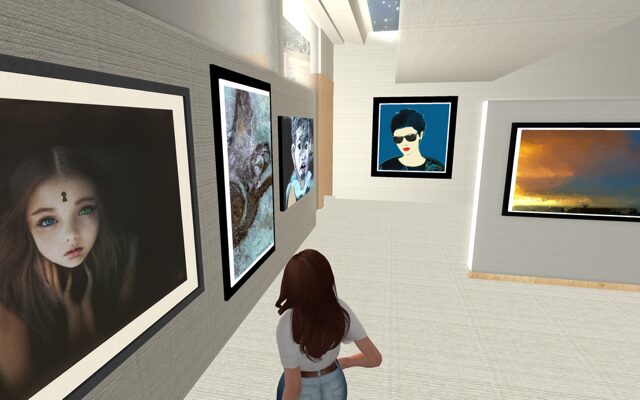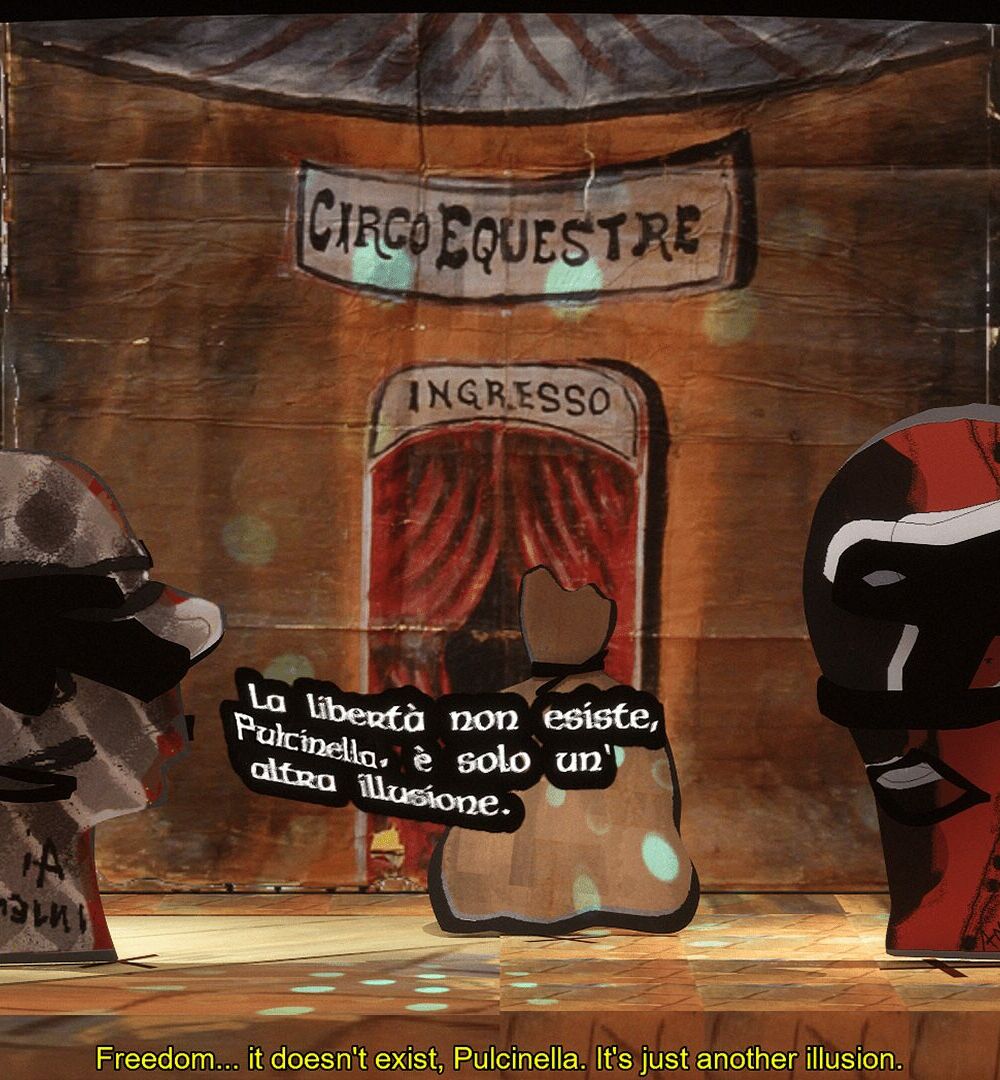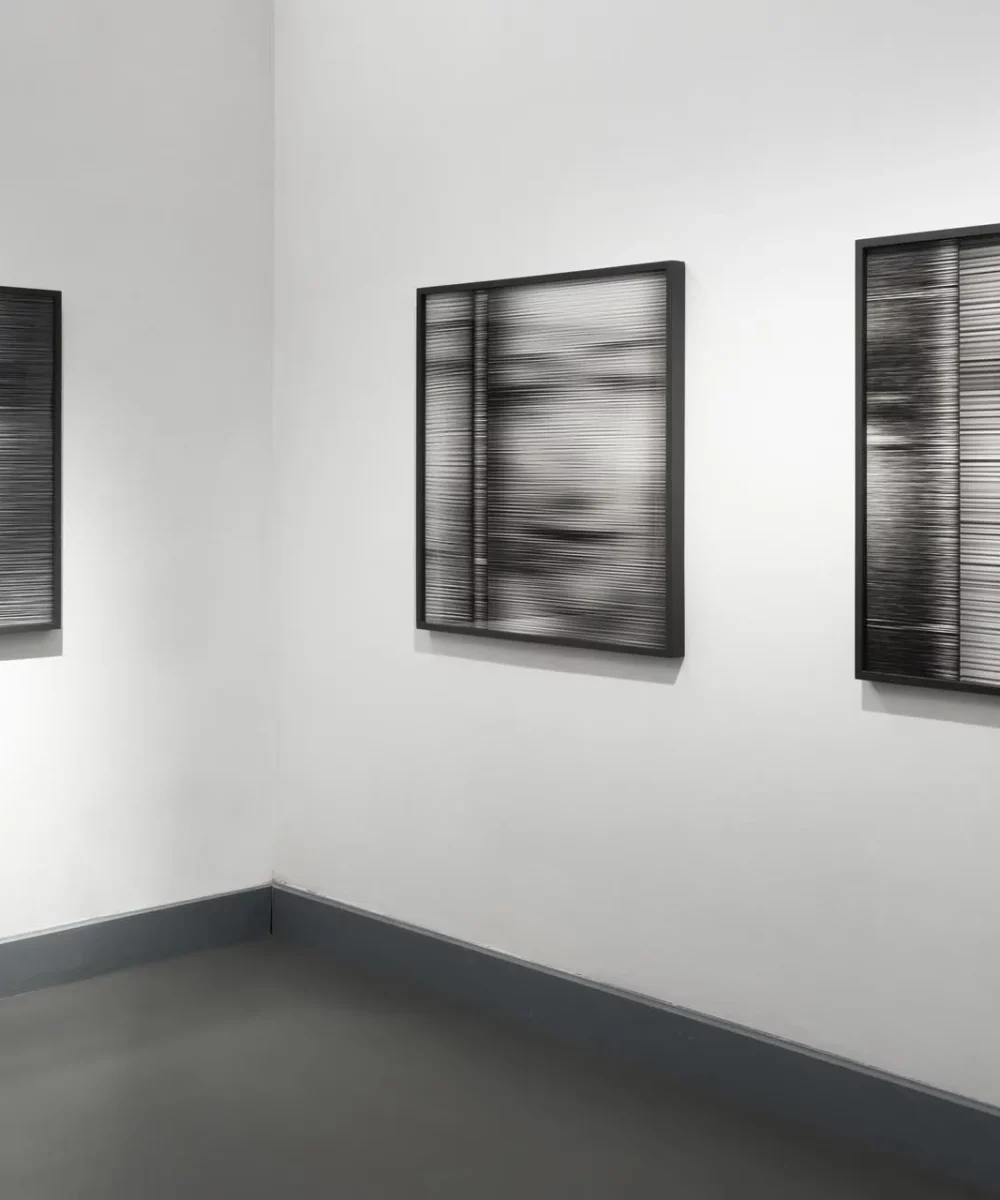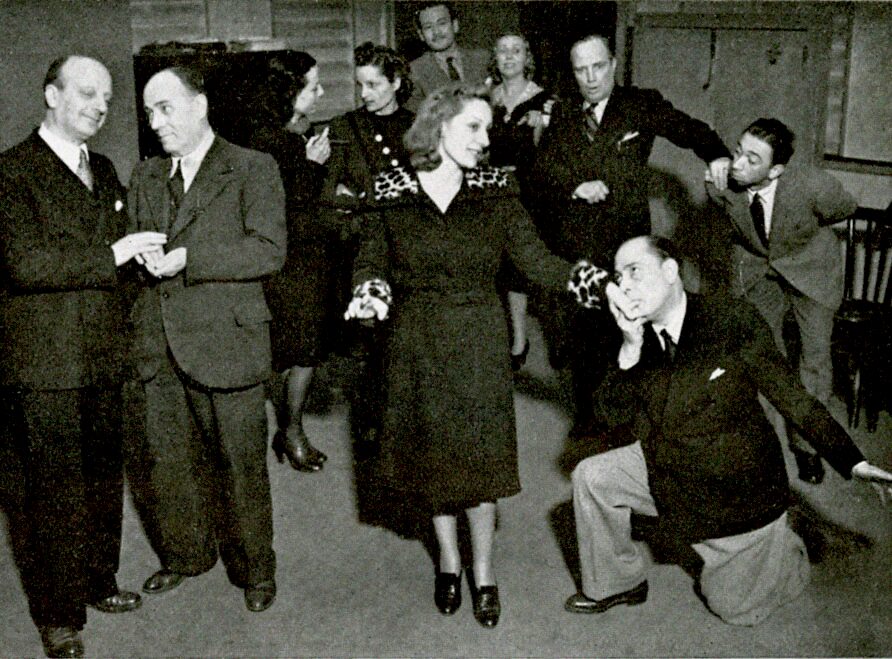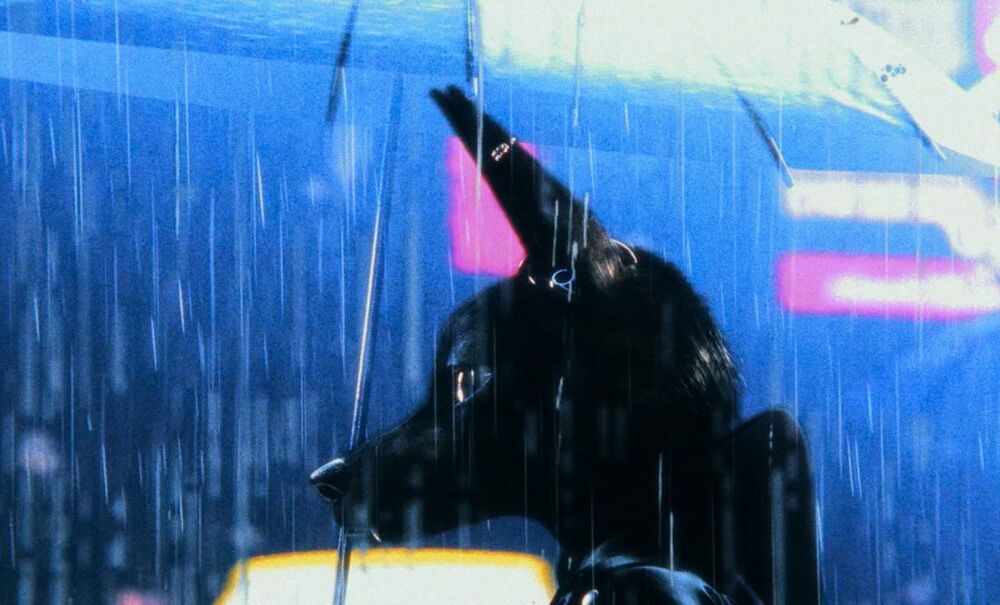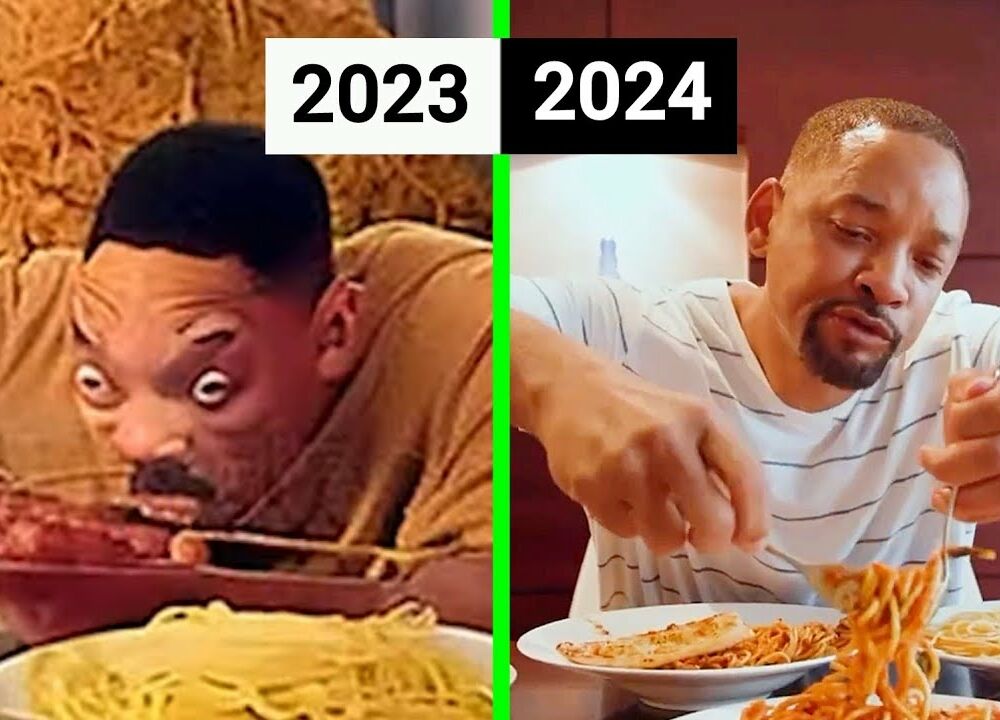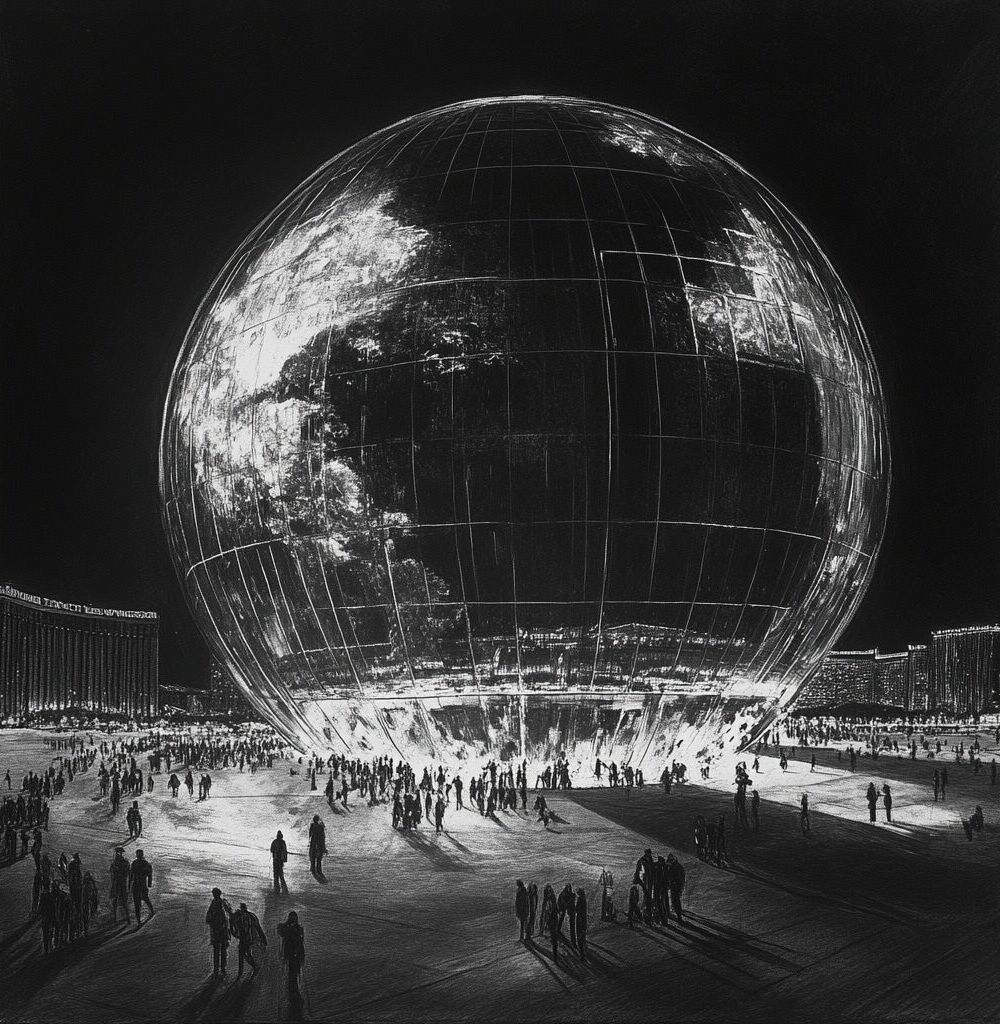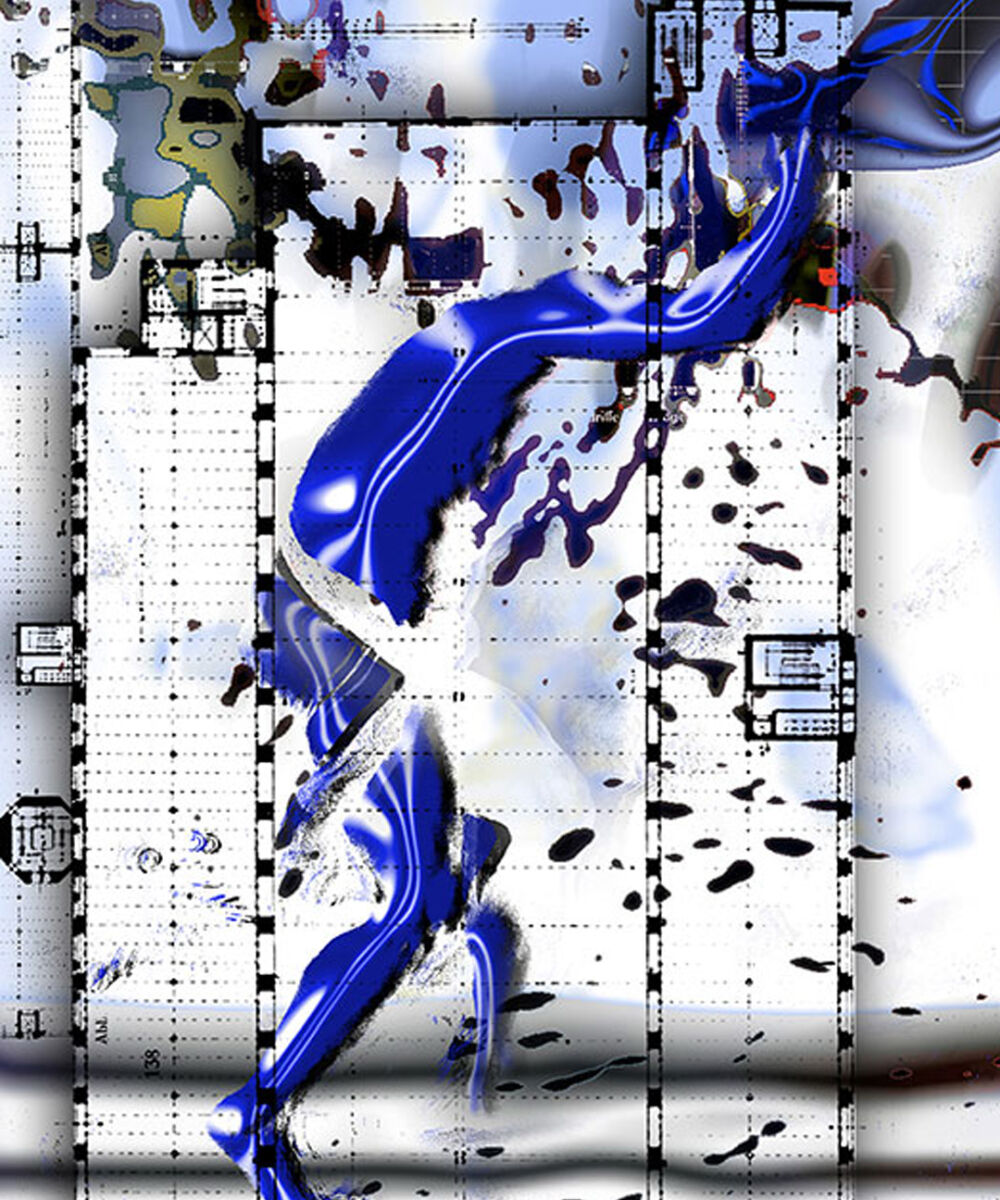QUANTUM LEAP
From Clay to GANs: A History of Portrait
by Rebecca Pedrazzi
Quantum Leap is a new programme where past and future meet in a journey through art, technology and innovation. From ELIZA to ChatGPT, from Duchamp to Klingemann, from Klee to Nake; we will explore together how yesterday’s innovations are shaping tomorrow. A dialogue between human creativity and digital tools, from virtual reality to synthetic landscapes, redefining the boundaries of the possible. An appointment for those who want to understand the future through the processes that build it.
Pliny the Elder, in his Natural History (77 CE), recounts a romantic legend about the origins of “the art of shaping figures from earth”: a girl, at her lover’s departure, traced the outline of his shadow on the wall to preserve the memory of his face. Her father, Butades of Sicyon, a potter, later transformed it into a clay sculpture.
But when did portraiture truly begin?
While we do not know the date of the “first” portrait, the funerary masks of Ancient Egypt already reflected the intention to commemorate the deceased by combining realism and tradition. Similarly, sculptures from the New Kingdom, such as those of Nefertiti and Akhenaten, embody this aim. Among the best-preserved ancient paintings are the Fayum portraits (1st–2nd century CE), created on wooden panels using beeswax and pigments. However, for portraiture to emerge as an independent genre in art history, we must fast forward to 1317, when Simone Martini painted Louis of Toulouse crowning his brother Robert of Anjou.
Fun fact
The word “portrait” derives from the Latin retractus, the past participle of retrahere, meaning “to draw back, bring back, or recover,” tying the term to the theme of memory.

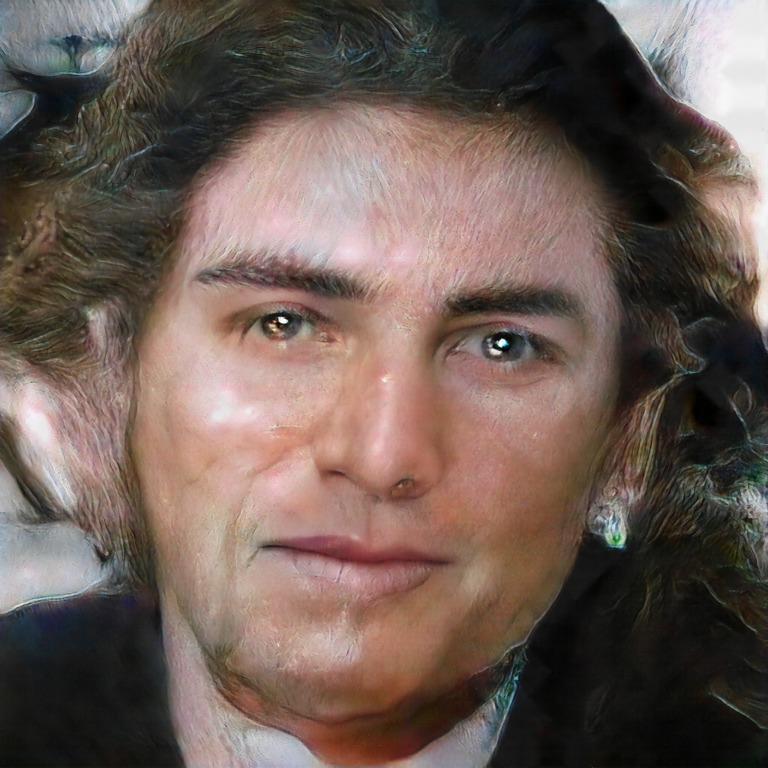
The Portrait in the Digital Age
With the advent of cutting-edge technologies and artificial intelligence, the concept of portraiture continues to evolve. Among the pioneers of using AI to create portraits is scientist and artist Mike Tyka. In 2017, Tyka’s series Portraits of Imaginary People explored new forms of representation through Generative Adversarial Networks (GANs). Using these generative networks, Tyka created a series of faces belonging to “imaginary” individuals, showcasing the endless possibilities of human—and collective—representation. Tyka’s portraits transcend simple imagery; they delve into the relationship between art, technology, and identity. Following Tyka, other AI artists, such as Mario Klingemann and Mauro Martino, have used AI to explore new dimensions of portraiture.
From traditional to 3.0 art, portraiture remains a universal genre that evolves alongside societal needs, artistic techniques, and visions—from beeswax to pixels, and now algorithms.
Fun fact
To create his Portraits of Imaginary People, Mike Tyka used thousands of photographs sourced from Flickr.
Rebecca Pedrazzi
Rebecca Pedrazzi is an art historian and critic specialised in AI Art, curator and journalist. Born in Milan, she graduated in Art History and Criticism at the University of Milan with the thesis ‘Il Mercato dell’Arte Contemporanea’ (The Contemporary Art Market) and began working as an Art-Advisor in an art management company, also developing an in-depth knowledge of Old-Masters. In 2017 he founded the online art and culture magazine NotiziArte.com, and in 2018 he became a freelance journalist. Since then he has written more than 3,500 articles on national and international art and culture events, now with a targeted focus on the most current topics of the latest technologies applied to the art world. In 2021, he published the book ‘Possible Futures. Art Scenarios and Artificial Intelligence’ – Publisher Jaca Book. She currently lectures for courses and masters on AI and the world of Art and is active, on the educational side, with publications, conferences and dedicated webinars. She has collaborated with various organisations such as VAR Digital Art for the VDA Award, and with CINECA for the GRIN S+T+ARTS Residencies project. She is a member of the Gallery Climate Coalition (GCC) and collaborates with the Neuromarketing and Metaverse Department AINEM and the European project PERCEIVE. She co-curated the exhibition ‘L’opera d’arte nell’epoca dell’Intelligenza Artificiale’ – Parma, Palazzo Pigorini, the first collective exhibition dedicated to Italian AI Art. In 2024 she worked in the Artificial Intelligence Observatory team at the European Institute of Design (IED) where she currently teaches ‘Phenomenology of Contemporary Arts’.







